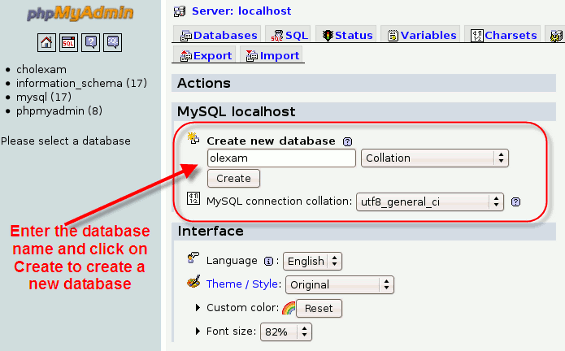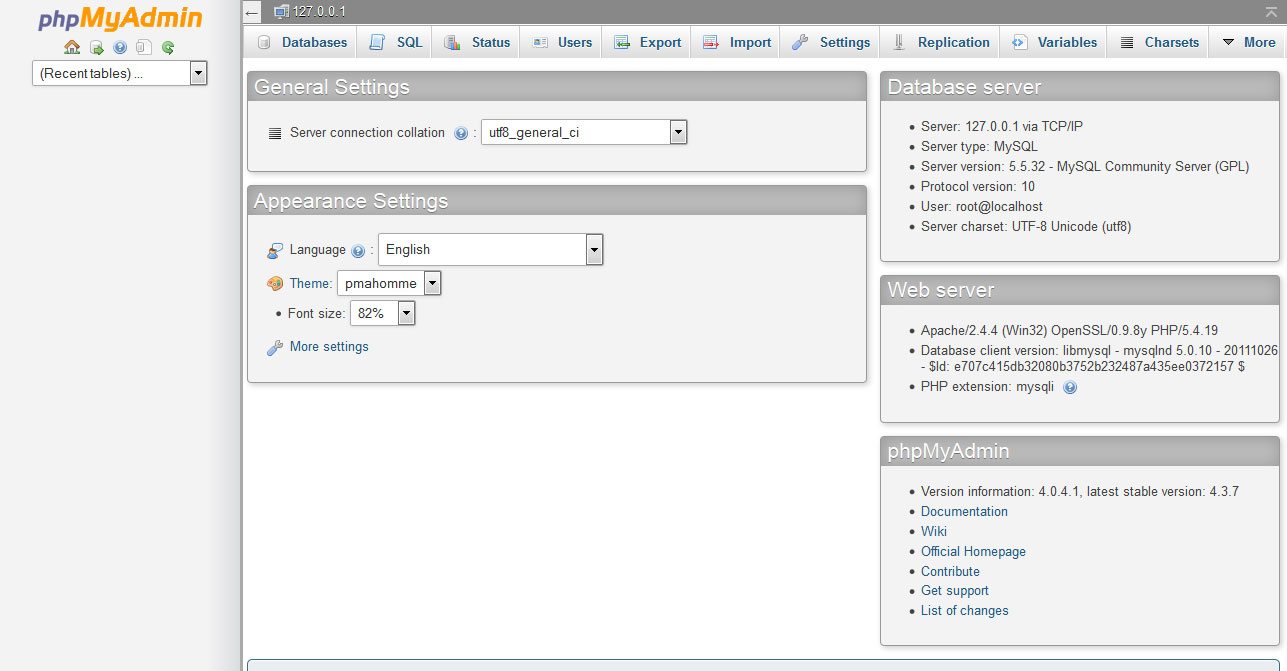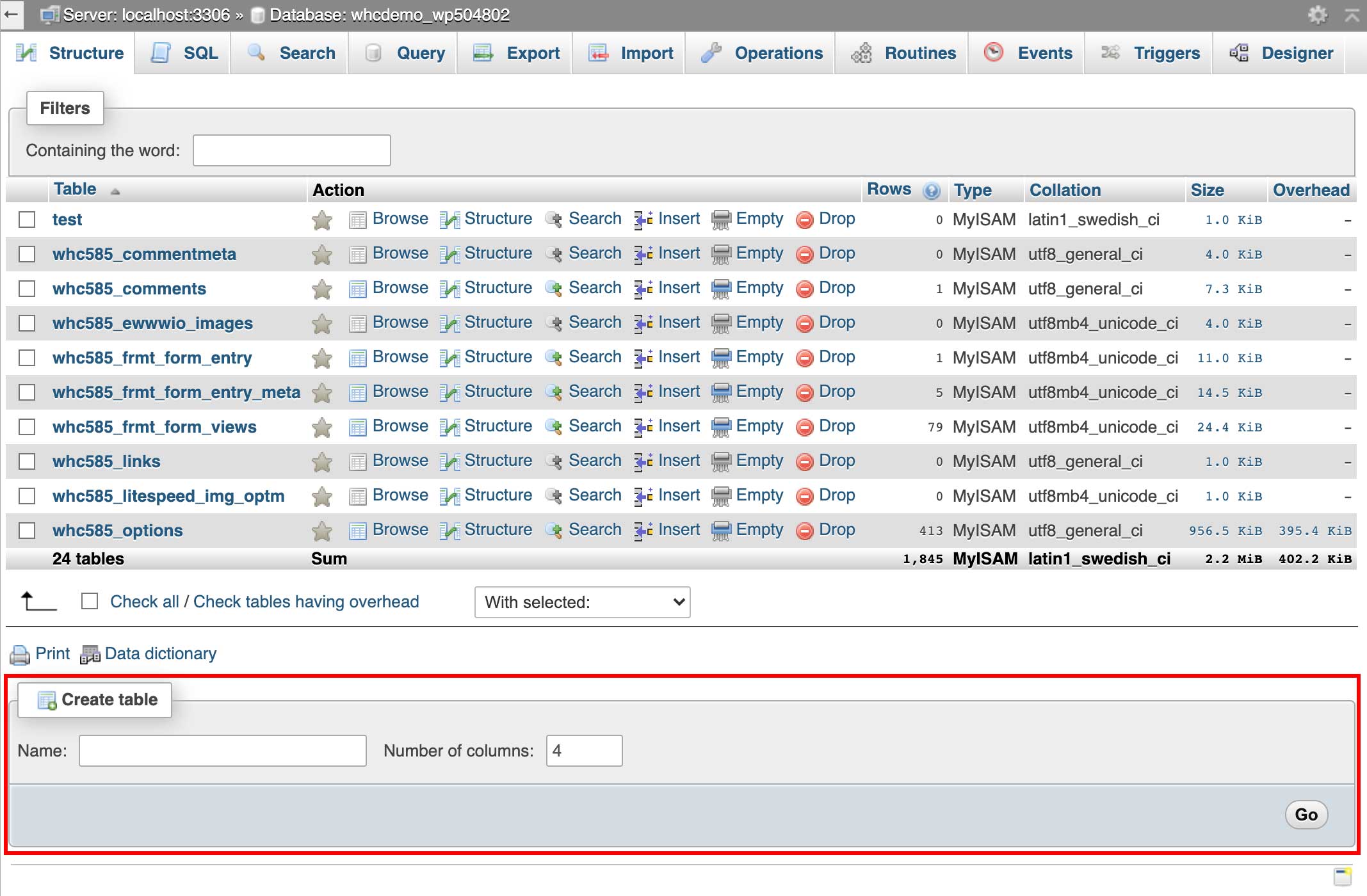
In order to create a XAMPP MySQL database, you need to launch XAMPP first. Moreover, the interactive user interface of phpMyAdmin helps you manage the queries pretty easily. PhpMyAdmin support a wide range of MySQL operations which makes working with database easy and simple. phpMyAdmin has huge multi-language community support.

In fact, which user should be given what privileges, you can manage that too. And it lets you carry out operations like editing, creating, dropping, amend MySQL database, alter fields, tables, indexes, etc. You can perform operations on MySQL via phpMyAdmin user interface while you can still directly execute SQL queries. phpMyAdmin is written in PHP and has gained a lot of popularity in terms of web-based MySQL management solution. You can easily manage the database through a graphic user interface known as phpMyAdmin in this case. PhpMyAdmin is a free and open source software that lets you handle the administration of MySQL over the web. Let’s now dig a little deeper and move towards phpMyAdmin to understand the data flow. This way developers anticipate any error or issue that might occur. Most of the developers rely on XAMPP to test their new plugins, check updates, test new themes before implementing any change to the live version. XAMPP is a lightweight solution that works perfectly on multiple platforms likes Linux, Windows, and Mac OS.

This web app development server comes pre-installed with Apache web server, MySQL database, PHP, and Perl that help you build an offline application with desired features and functions.


XAMPP is an open source server set up to test the projects on a local server before making it available to everyone over the web. If installing and configuring XAMPP phpMyAdmin on your local machine is bothering you, then reading this tutorial will help you figure it out. It’s always recommended to install XAMPP and test your project locally before making it live for users.


 0 kommentar(er)
0 kommentar(er)
